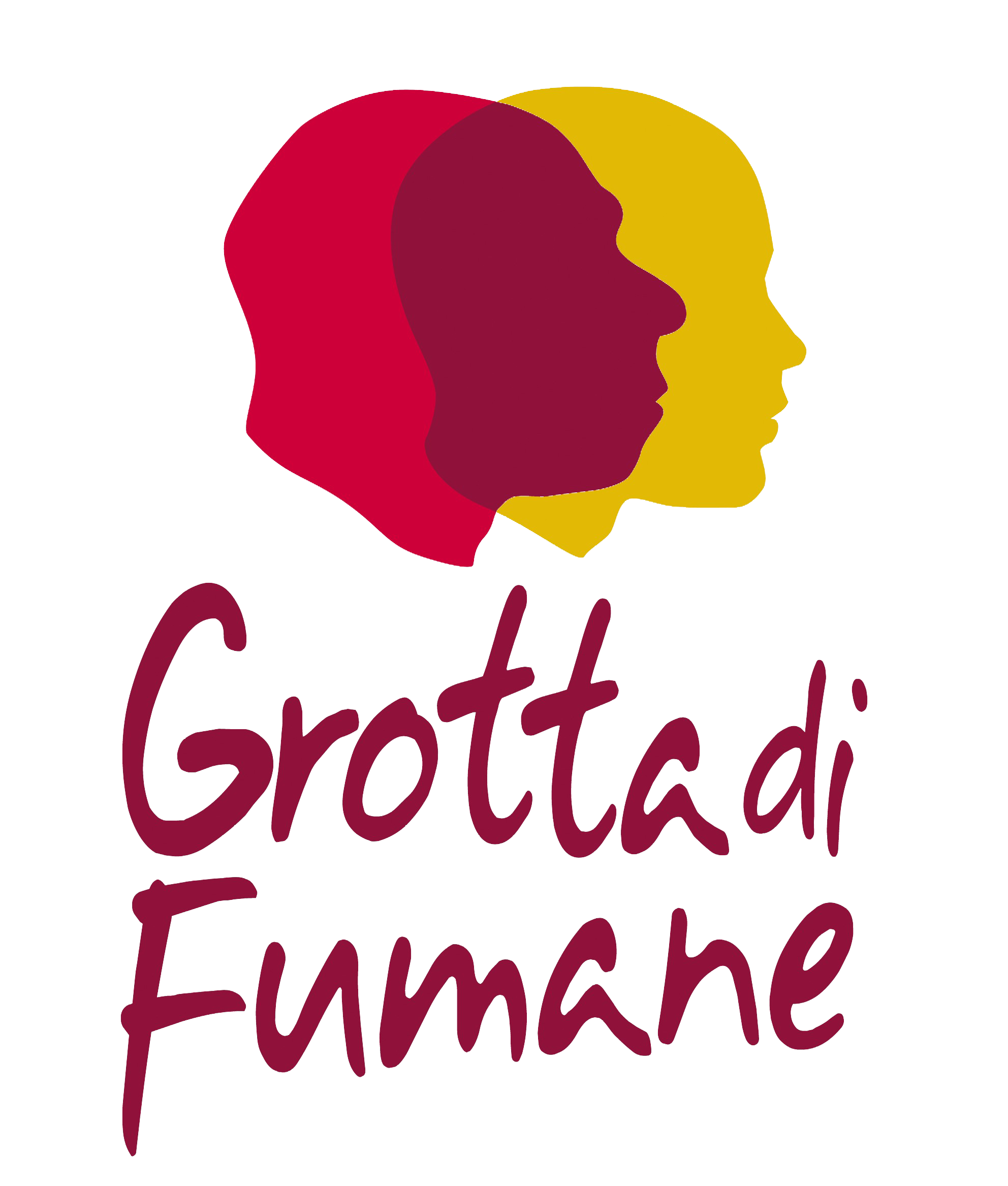Autori: Peresani M., Dallatorre S., Astuti P., Dal Colle M., Ziggiotti S., Peretto C.
Abstract: Different categories of finds reveal how Neanderthals have manifested at different moments behaviors not ascribable to the utilitarian sphere, but to the aesthetic or symbolic. When the majority of this evidence dates to the few millennia that preceded the spread of Anatomically Modern Humans in Europe, these are grounds to continue the debate regarding the emergence of complex behavior, seen as an autonomous phenomenon of Neanderthal man or as the result of contact with immigrant populations.
Re-examination of pebbles or flaked stones, a large part of such evidence, using a rigorous technological and taphonomic approach integrated with experimental tests, has already revealed these materials to be insignificant or natural, rather than anthropic, in origin. The following work seeks to shed light on the uncertainty existing around those stones and lithic artefacts bearing surface lines and scratches; these are of doubtful anthropic origin, but have not, as yet, been definitively interpreted. Generally, these findings are occasional in Mousterian sites, and when they are recovered with an excellent degree of preservation, different methods and levels of observation can be used for investigating them. The case studies taken into account are three sites in north Italy, where the surfaces of pebbles and flakes reveal a variety of signs and modifications attributable to various utilitarian acts. Of these, preventive cleaning of flint nodules has not been excluded, even if the traces on some tools reveal intentionality and repetition of gestures applied to the construction of a curated artifact.
